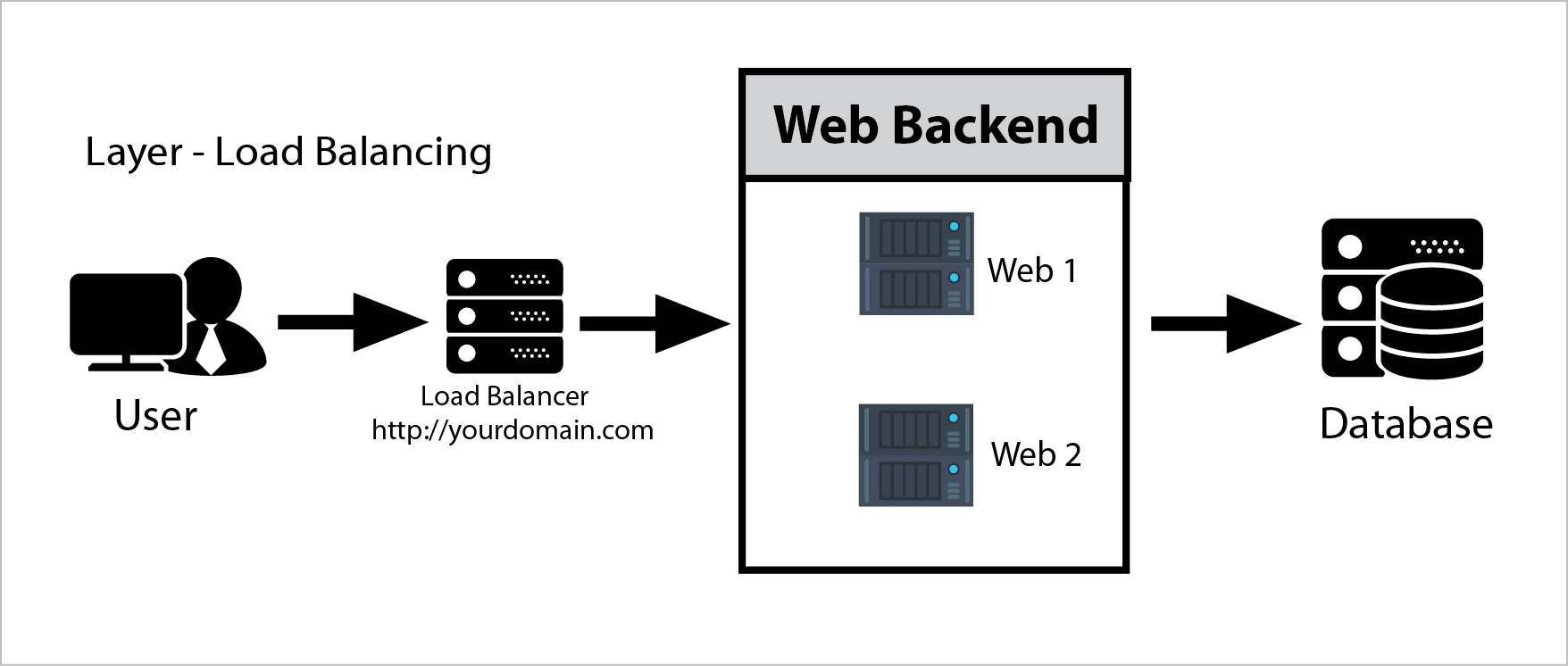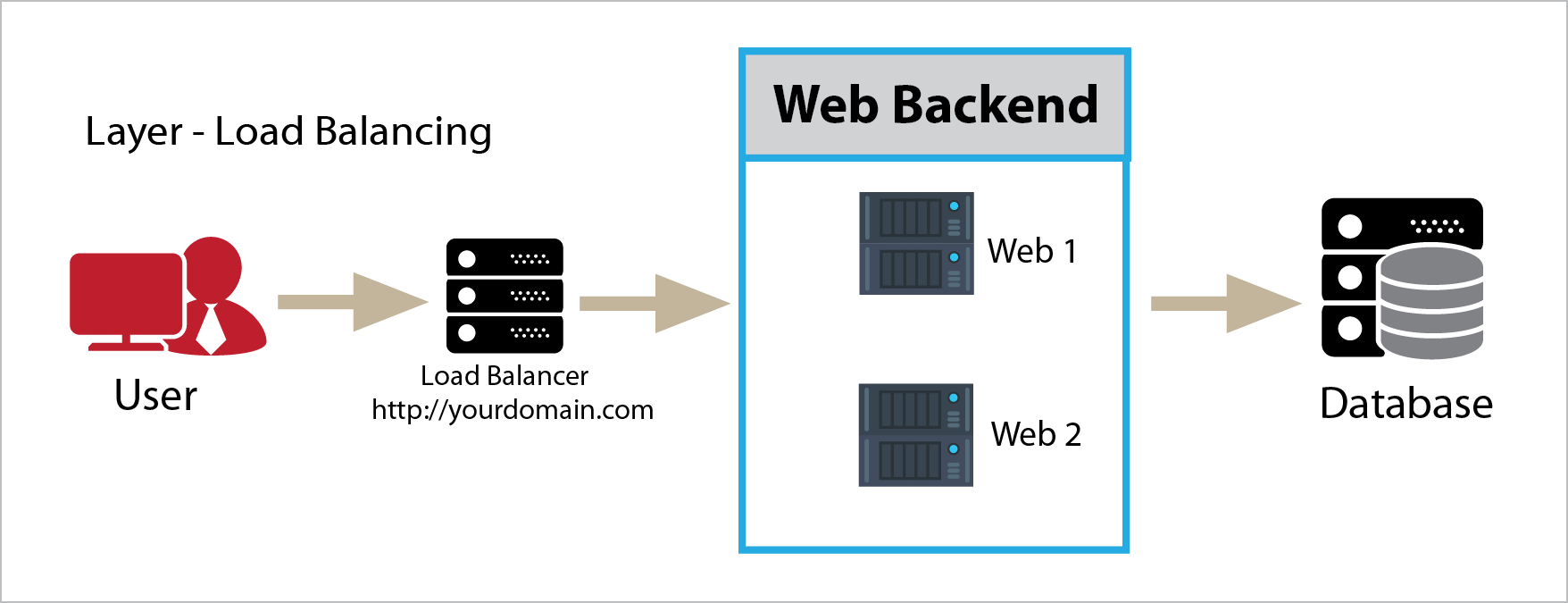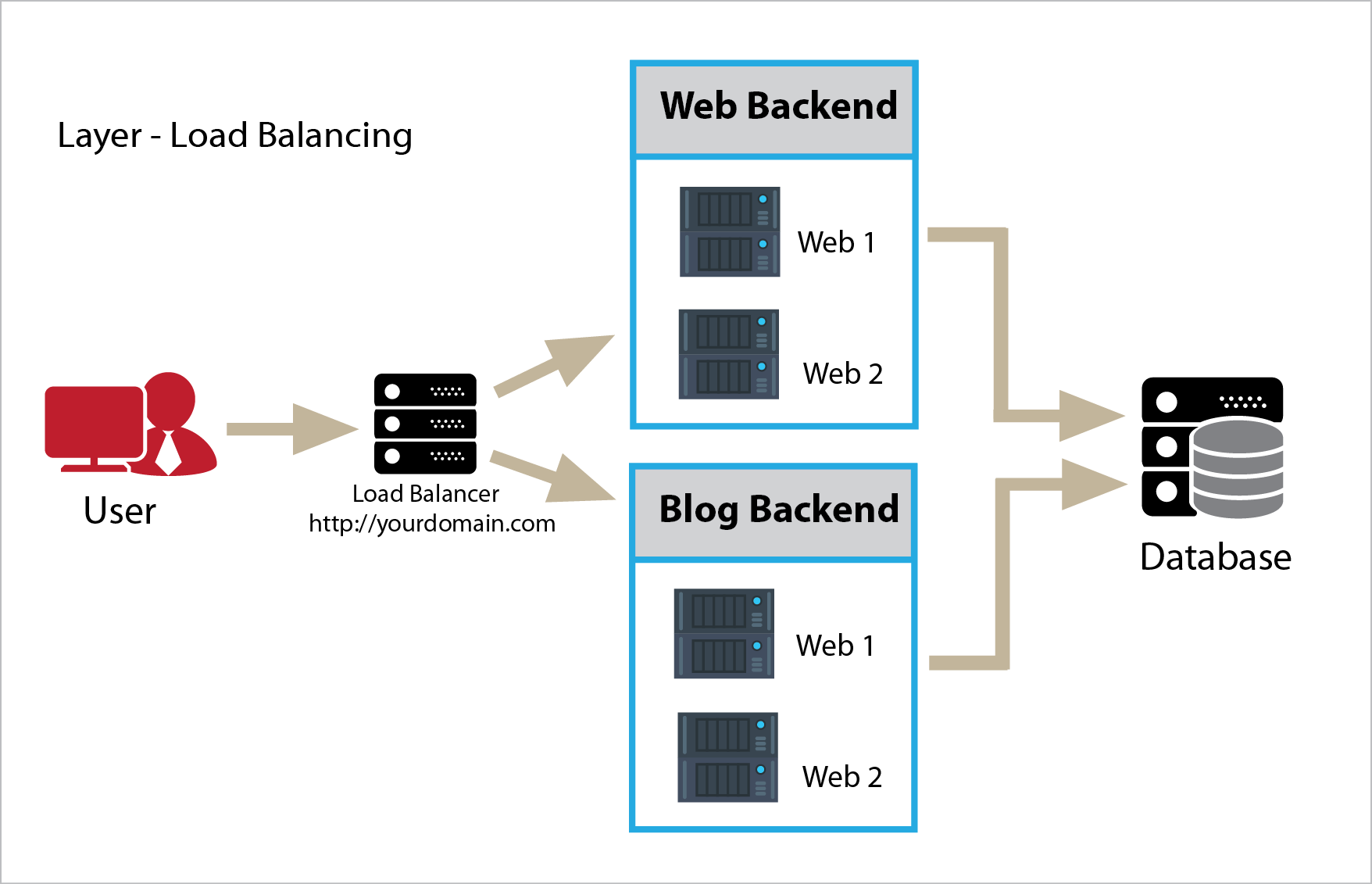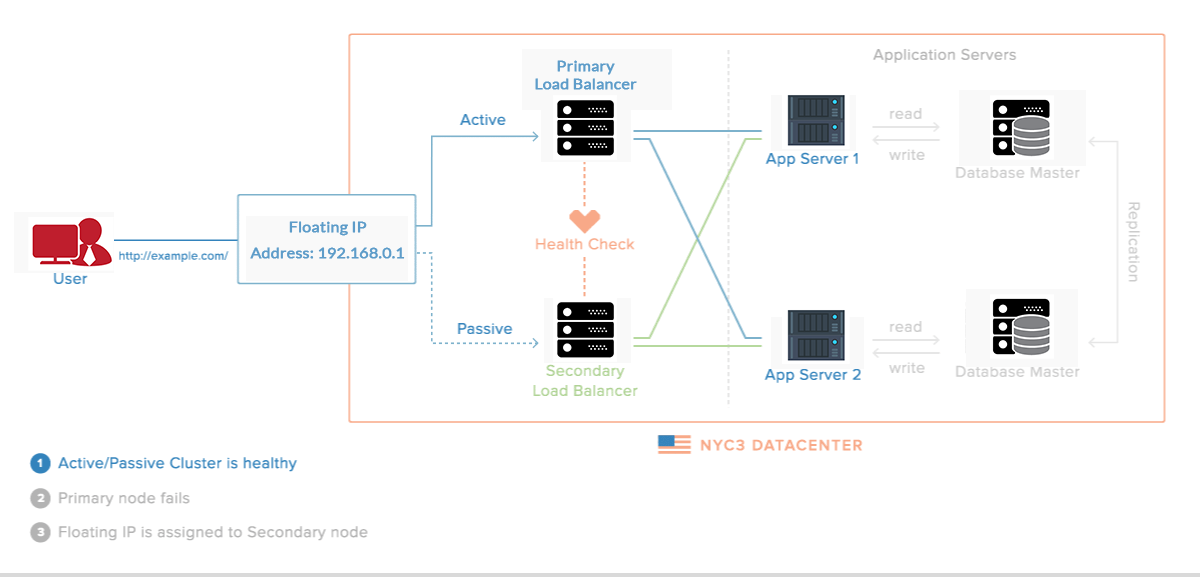The Terminology Of HAProxy :
When talking about proxying and load balancing several concepts and terms make the process highly relevant. In the sub-sections of this content, you will also discover some commonly used concepts and terms. Before discussing the fundamental types of load balancing, certain terms such as frontends, backends, and ACLs will play a significant role.Frontend :
The process of how a request is delivered or sent to backends is called a frontend. The perfect definition of frontends can be found in the frontend area of the High Availability Proxy configuration. A frontend can be configured to different types of network traffic. The definitions contain several items such as:- ACLs.
- A port and a set of internet protocol addresses such as *:443, 10.1.1.7:80, etc.
- use_backend regulations that signify the actual backends to utilize depending on the ACL conditions are functional.
Backend :
A gamut of servers that accepts forwarded or upfront requests is often called a backend. Right in the HAProxy configuration, you will find the complete definition of backends. Generally speaking, a backend contains one or several servers in it. Your potential load capacity will increase by adding several servers to your backend. It can be achieved by spreading the load over different servers. With the same approach, you can as well increase reliability when your backend servers are not accessible. A backend can be defined in its most basic form by:- A list of ports and servers.
- The load balance algorithm to use.
ACL (Access Control List) :
When talking about the perfect association to load balancing, it is important to know that ACLs are primarily used to perform and action and test some condition such as block a request, or select a server based on the outcome of the operation. Based on a plethora of factors such as the number of connections to a backend and pattern-matching the use of ACLs will permit flexible network traffic forwarding.Types Of Load Balancing :
Since you now have the knowledge of essential items used in HAProxy, the content will digress a bit towards the fundamental types of load balancing.1. Layer 4 Load Balancing:
Using layer 4 load balancing remains an active approach. It is the easiest method to load balance network traffic to several servers. This process will help to forward or deliver user traffic depending on port and IP range. For instance, if a request or demand goes to http://yourdomain.com/anything, then the traffic will be delivered to the backend that resolves all operations for yourdomain.com on port 80. You can navigate through the links below for more information on the layer 4 load balancing.

2. No Load Balancing:
The links below will help you see how no load balancing may look like within a simple web application arena. A simple scenario where the user links directly to a web server at yourdomain.com can be used as an example with no load balancing. The user will not be able to access the web server if a single web server runs down. In case several users are trying to get access to a server concurrently, and loading problem ensues, they may not connect at or have slow or reduced experience.

3. Layer 7 Load Balancing:
The layer 7 load balancing is a sophisticated approach. It is another comprehensive method to load balancing network traffic. The load balancer will deliver demands to several backend servers by using layer 7. The process is cascaded on the content of the user’s application. You will be able to operate several web application servers by using this mode of load balancing under the same port and domain.

The Algorithms Of Load Balancing:
In a backend, the algorithm used determines the server that will be chosen during load balancing. For algorithms, HAProxy provides several options to select. Servers can be allocated a weight parameter in addition to the load balancing algorithm. It will help to manipulate how invariably the server is chosen when compared to others. A couple of the load balancing algorithms will be discussed here because HAProxy offers so many options.Source:
Based on the hash of your IP address, the process will help to choose the server easily. It remains a guaranteed way to make sure that the user links to the same server.
Leastconn:
It helps to choose the server with the smallest number of connections. It is commonly used and recommended for a long session. Servers within the same spectrum backend are as well revolved in a circular fashion.
Round Robin:
This method is primarily used to choose servers in turns. It is known as the default algorithm.
High Availability:
It is important to know that layer and 7 and 4 uses a load balancer in directing traffic to a single of several backend servers. In these setups, your load balancer remains a single point of failure. If it gets overwhelmed with requests or goes down, your service will experience downtime or high latency. HA or a high availability remains a structure that does not have a single point of failure. It will help to prevent a single server failure from experiencing a downtime event. It can accomplish this task by adding redundancy to each layer of the infrastructure. For the backend layer, a load balancer facilitates redundancy. Nevertheless, you need to have redundant load balancers as well for a real high availability.

Conclusion:
With the comprehensive details in this content, you can now understand the value of a Load Balancer, Load Balancing and how HAProxy works. You also have the opportunity to get started on improving the reliability and performance of your server environment.
Disclaimer : This is a nice guest post by Rhianna from 24x7ServerManagement.com – a Managed Service Provider equipped with a world-class Technical support center. Do you need a server management technical support for web hosting, dedicated servers, shared server, virtualized servers and application servers? Give them a try.
This post The Comprehensive Concepts Of HAProxy And Load Balancing is part of ServerMom.

0 Response to "The Comprehensive Concepts Of HAProxy And Load Balancing"
Post a Comment